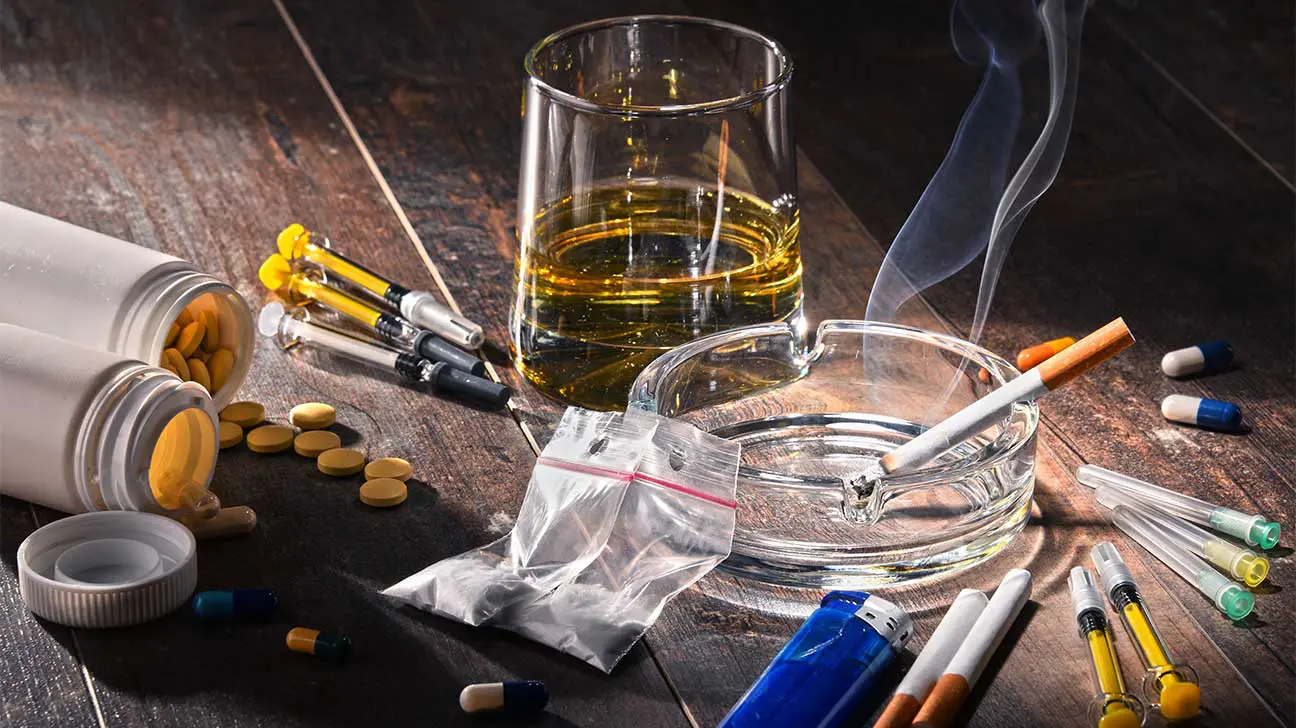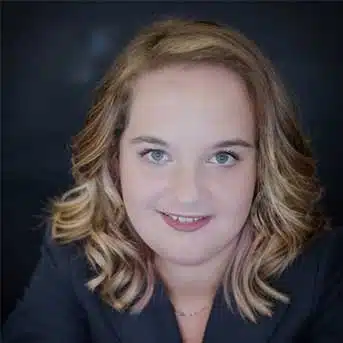
In the United States, all legal and illegal drugs are classified by the federal government into five categories, under the Controlled Substances Act (CSA).
Federal drug classifications in the United States include:
- Schedule I drugs
- Schedule II drugs
- Schedule III drugs
- Schedule IV drugs
- Schedule V drugs
The legal classification of a drug can affect its regulation, criminal penalties, and the potential of a drug to be misused or become addictive.
How Are Drugs Classified?
All drugs are classified by the U.S. Drug Enforcement Administration (DEA). This is a law enforcement agency under the U.S. Department of Justice.
Several factors are taken into consideration when classifying a drug. Classifications for drugs can change, if new information that is relevant to a drug’s scheduling comes to light.
Drugs are currently classified based on:
- accepted medical use
- abuse potential
- dependency potential
Schedule I drugs have the highest potential for misuse and addiction, while schedule V drugs have the lowest potential for misuse and addiction. Schedule I drugs have no accepted medical value.
Schedule I Drugs
Schedule I drugs are substances that are determined to have a high potential for abuse, physical or psychological dependence, and have no accepted medical value.
Schedule I drugs include:
- heroin
- LSD
- GHB
- cannabis (marijuana)
- molly/ecstasy/MDMA
- methaqualone
- peyote
- psilocybin (magic mushrooms)
Read more about Schedule I Drugs
Schedule II Drugs
Schedule II drugs have a high potential for abuse and physical or psychological dependence (i.e. addiction). They have limited medical value.
Schedule II drugs include:
- cocaine
- methamphetamine (meth)
- hydrocodone (Vicodin, Percocet)
- methadone
- morphine
- codeine
- hydromorphone (Dilaudid)
- oxycodone (OxyContin)
- fentanyl
- meperidine
- dextroamphetamine (Dexedrine)
- amphetamine (e.g. Adderall)
- methylphenidate (Ritalin)
Read more about Schedule II Drugs
Schedule III Drugs
Schedule III drugs are drugs with moderate abuse potential. They have a low to moderate potential for physical or psychological dependence.
Schedule III drugs include:
- products containing less than 90 mg of codeine (e.g. Tylenol with codeine)
- testosterone
- ketamine
- anabolic steroids
Read more about Schedule III Drugs
Schedule IV Drugs
Schedule IV drugs are substances determined to have a low potential for abuse and a low potential for dependence.
Schedule IV drugs include:
- phenobarbital
- benzodiazepines (e.g. Xanax, Klonopin, Ativan, Valium)
- flunitrazepam (i.e. roofies, Rohypnol)
- zolpidem (Ambien)
- tramadol (Ultram)
Read more about Schedule IV Drugs
Schedule V Drugs
Schedule V drugs are substances with medical use that are believed to have a very low potential for misuse. This includes some over-the-counter (OTC) medications.
Schedule V drugs include:
- Robitussin AC
- Lomotil
- Motofen
- pregabalin (Lyrica)
Read more about Schedule V Drugs
Why Does Drug Scheduling Matter?
The classification of a drug can be important for several reasons. Drug classifications are relevant to the work of law enforcement, lawmakers, and the federal government.
Drug scheduling can affect:
- drug policy
- federal regulation
- criminal penalties (i.e. for use, possession, drug sales)
- state laws
Drug Classifications By Drug Type
In addition to legal classifications, drugs can also be classified according to the class of drugs they belong to. This classification is largely dependent on how they affect the brain and body.
The seven drug types include:
- stimulants
- Example: cocaine
- depressants
- Example: Xanax
- narcotic analgesics
- Example: morphine
- hallucinogens
- Example: ecstasy
- dissociative drugs
- Example: ketamine
- inhalants
- Example: gasoline
- cannabis (marijuana)
Stimulants and depressants are classified based on how they affect the central nervous system (CNS), by either stimulating CNS activity or slowing it down.
Certain narcotics, such as opioids, and cannabis can also depress central nervous system activity, although they are classified separately.
Drug Classification Terms To Understand
Here are definitions for some of the most important terms relevant to drug classification and scheduling.
Controlled substance: A controlled substance is a drug or chemical regulated by the federal government. This control regulates the use, possession, and manufacturing of the drug.
Abuse potential: Abuse potential generally refers to the likelihood that a drug may be misused.
According to the U.S. Food and Drug Administration (FDA), this can be based on:
- whether the drug produces euphoria (or other changes in mood)
- whether the drug affects central nervous system activity
- whether the drug has hallucinogenic effects
The Controlled Substances Act (CSA) does not clearly define the term ‘abuse’. Identifying a drug’s abuse potential is left up to the classifying agency.
Dependency potential: This term is used to refer to how likely a drug is to cause physical dependence. Drugs with dependency potential may also be described as habit-forming.
Getting Help For Drug Abuse And Addiction
Searching for drug classifications is common among individuals affected by drug misuse. If you or a loved one is abusing drugs, we can help you find drug abuse treatment.
Call our helpline today to learn more about drug abuse or to find a drug abuse treatment program that’s right for you.
Addiction Resource aims to provide only the most current, accurate information in regards to addiction and addiction treatment, which means we only reference the most credible sources available.
These include peer-reviewed journals, government entities and academic institutions, and leaders in addiction healthcare and advocacy. Learn more about how we safeguard our content by viewing our editorial policy.
- International Association of Chiefs of Police—7 Drug Categories
https://www.theiacp.org/sites/default/files/all/3-9/7-Drug-Categories.pdf - U.S. Drug Enforcement Administration (DEA)—Drug Scheduling
https://www.dea.gov/drug-scheduling - U.S. Food and Drug Administration (FDA)—Assessment of Abuse Potential of Drugs Guidance for Industry
https://www.fda.gov/media/116739/download


